VALORANT’s latest map, Fracture, is a significant departure from the traditional map design players have come to expect.
This H-shaped map spawns defenders in the middle with immediate access to both sites. Attackers can use a zipline to reach the northern and southern points of the map before the round starts. This creates a unique scenario where attackers can attack a site from two sides without having to lurk or engage the enemy, changing how defenders must prepare for the rounds. But a well-coordinated team that properly uses controllers and sentinels to hold sites can guard both entrances to a site, creating an impenetrable defense.
Not all agents will thrive on Fracture, however. The competitive meta will likely favor a few specific agents that can control the tempo of a round and quickly engage the enemy.
Here are our initial thoughts on Fracture as a map and the agents that might find success on it.
Understanding Fracture’s unique layout
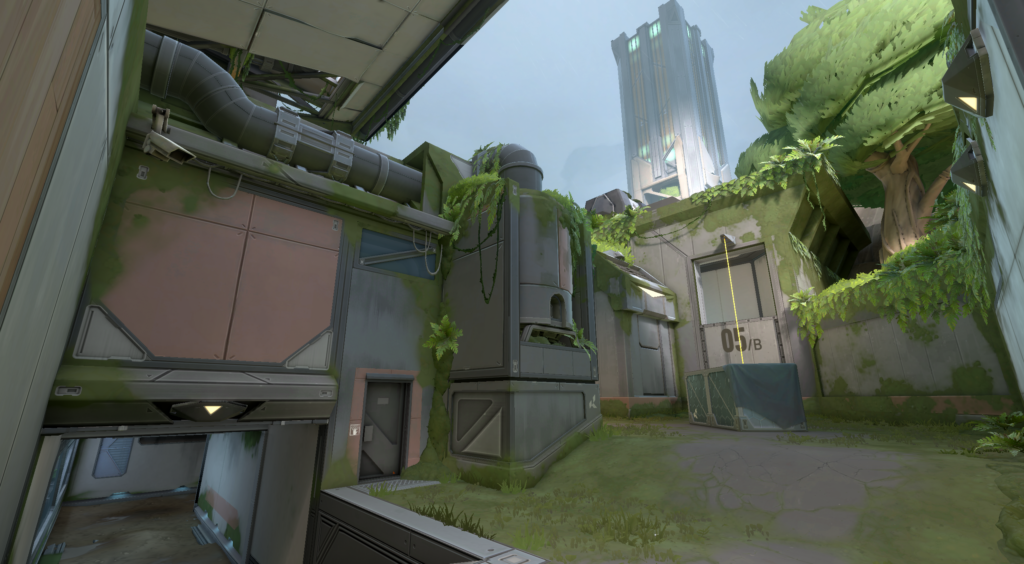
Fracture is a jarring experience that’s a stark departure from other VALORANT maps. Players don’t spawn directly across the map from the enemy team. The defenders spawn in the middle and the attackers can instantly access the north and south parts of the map. A zipline gives attackers instant access to the opposite side of the map, meaning they can push a site from two angles without dealing with enemy interference.
Players can split sites on other maps, but this requires pushing through enemy-controlled territory or using utility to cover their advance. Fracture negates this issue and allows attackers to split an attack by default.
But the defending team also spawns in the middle of the map with instant access to either site. Sentinels and controllers can use utility to hold the multiple entrances into sites, stopping an enemy push in its tracks. And while one side of the site is protected, lurking enemies can still be flanking, causing defenders to fight on two fronts simultaneously. Coordination from the defending team is crucial to winning rounds, especially considering how fast attackers can reach a site.
A hallway is the only thing separating the attackers spawn from A site and mobile agents can almost instantly engage defenders. B is similar, though it’s a slightly longer distance, buying defenders a little more time.
Another change on Fracture is the four ultimate orbs located around the map. In theory, players can collect multiple orbs per round, quickly unlocking their ultimate ability and helping their team consistently.
Understanding Fracture’s layout is only the first step toward success. Players will need to rethink how they use agents and properly use their abilities to deal with the multiple entrances into each site.
Not all agents will thrive
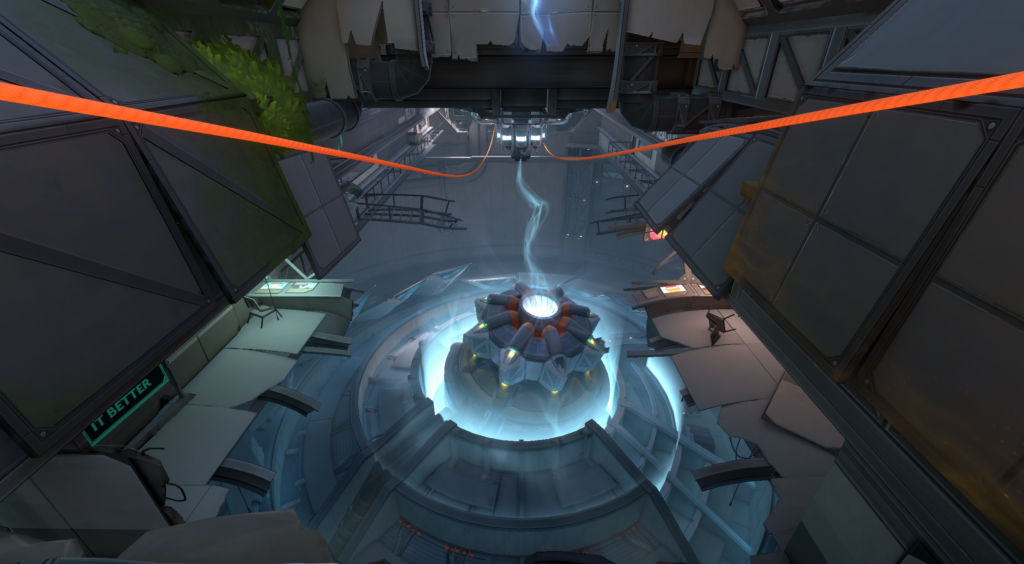
Some VALORANT agents are already considered the best options in each role. Astra has slowly become one of the most popular controller agents since her introduction and she was the most popular controller in the NA and Japanese Challengers Playoffs. Jett is by far the most-selected duelist in all regions and she’s unlikely to dip in popularity on Fracture. Fracture is also perfect for Sova since players have already found useful line-ups for each site that are perfect for gathering intel.
Fracture might enable other agents to become the go-to pick in compositions, though, due to its unique layout. The almost instant access for both sites from two sides without having to use a smoke or other utility creates a unique situation. Multiple duelists could overwhelm defenders on-site with several flashes and secure easy picks for their team. Some professional teams have used a triple duelist composition in the past and if Fracture does become an attacker-sided map, this could be the norm.
But the defending team does have a fighting chance if they use utility correctly and coordinate. Astra can place multiple stars to create smoke, stun, or pull enemies into a specific spot, hindering their push. Sentinels like Killjoy and Cypher can also hold down sites with their equipment, though it might be slightly stretched considering both sites have four entrances.
Skye is also a popular agent with a well-rounded kit that might become more prominent on Fracture. Skye’s Trailblazer ability can gather information for a team before they push and the narrow corridors around Fracture make it harder for teams to deal with the ability. She also has a flash that’s beneficial on defense and offense, bridging the gap between duelist and initiator.
Yoru might also see a surge in popularity on Fracture. His flash is excellent for the tight entrances into either site and his teleport could allow him to make it past enemy defenses or rotate if he gets into a tough spot. This agent has needed a buff for months and Fracture might be the perfect map for him in the meantime.
We don’t expect Fracture to introduce a resurgence for Omen or Brimstone. Omen is still outmatched by other controllers like Viper and Astra, and Brimstone doesn’t offer enough versatility to justify a spot in a composition.
It’s too early to tell if Fracture will favor attackers or defenders. An overwhelming composition of duelists can easily take sites, but multiple controllers and sentinels can create an impenetrable defense.
Don’t expect to use your agents in the traditional way on Fracture. Adapting to the new layout is key, especially when you’re getting attacked from two sides.
Make sure to follow us on YouTube for more esports news and analysis.
This article includes affiliate links, which may provide small compensation to Dot Esports.


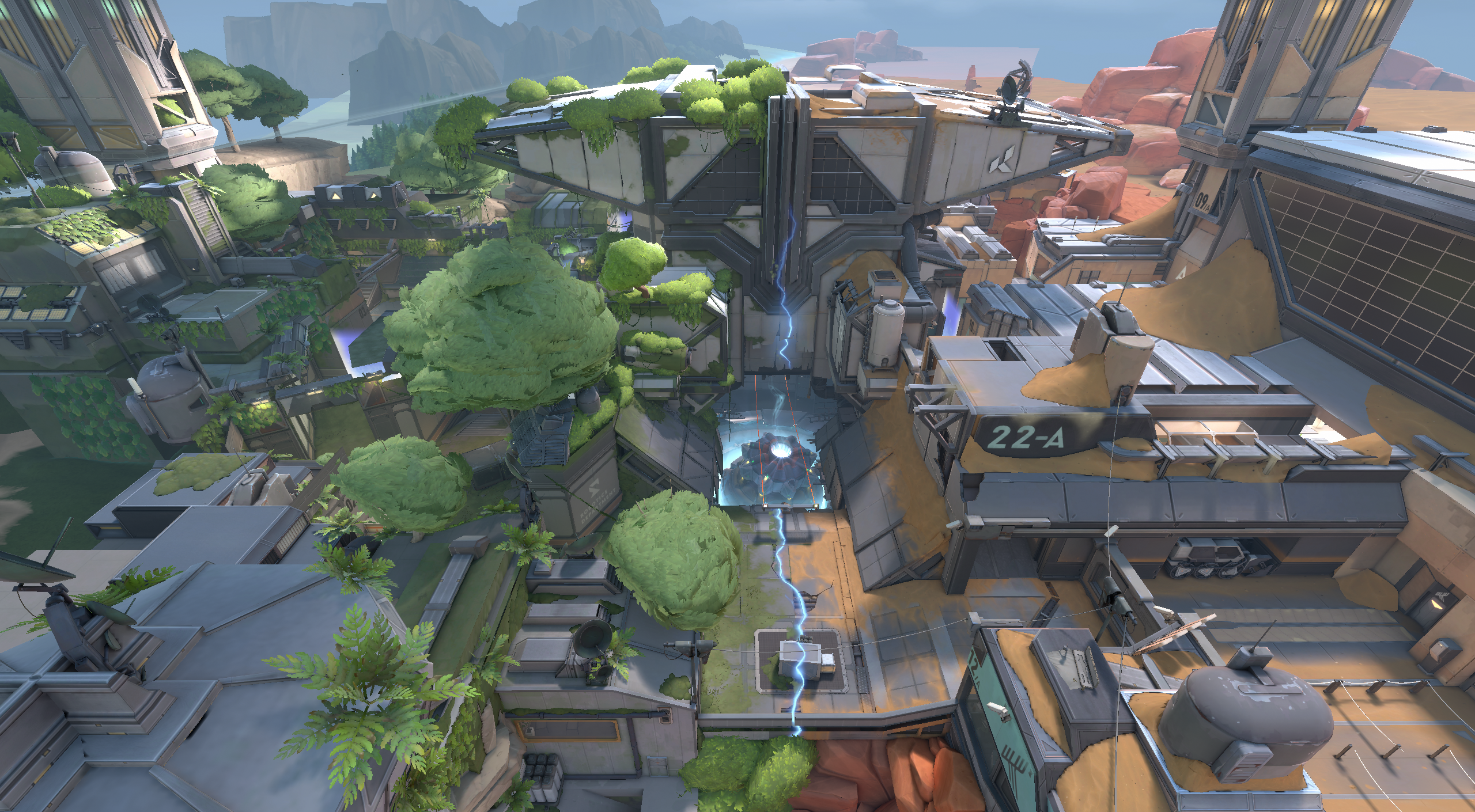
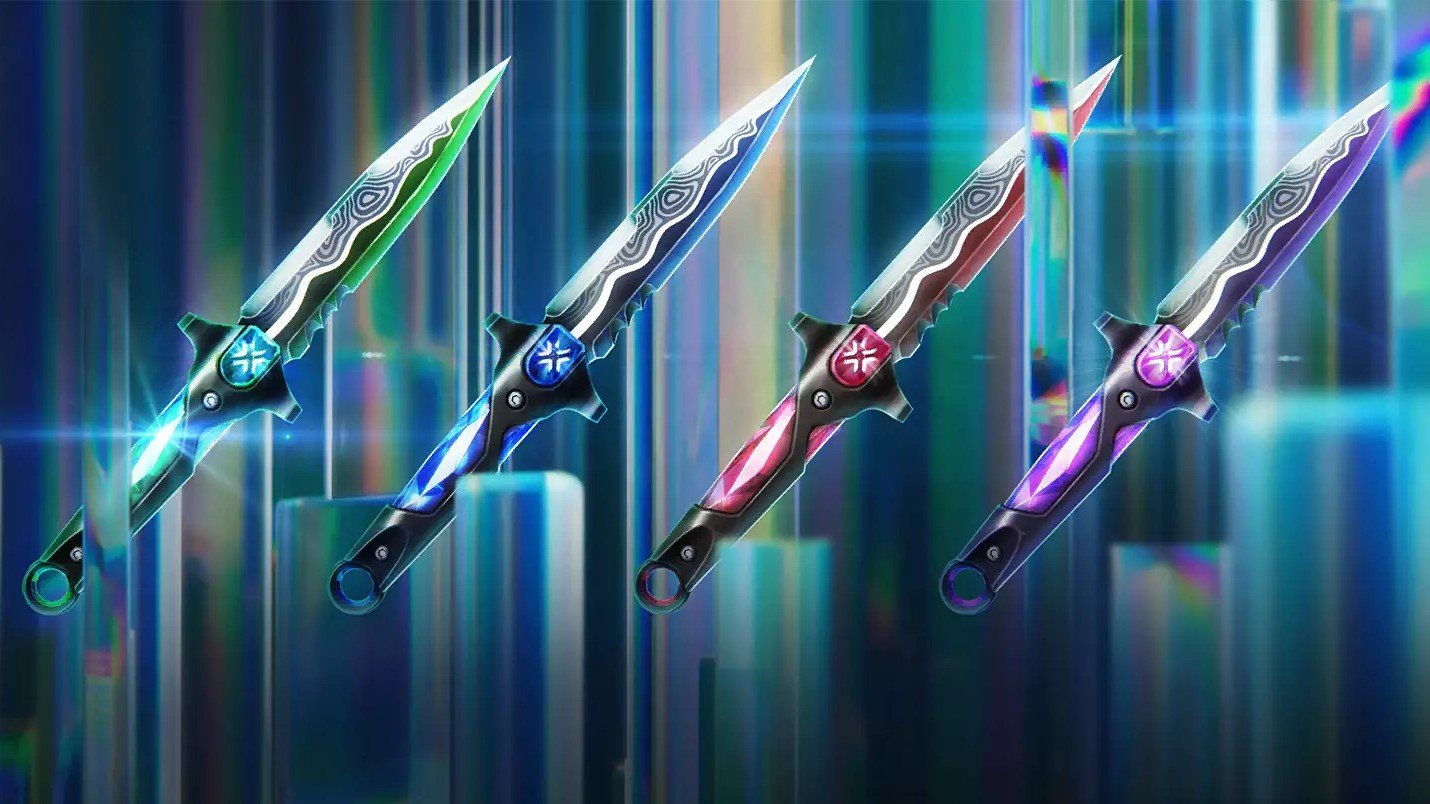
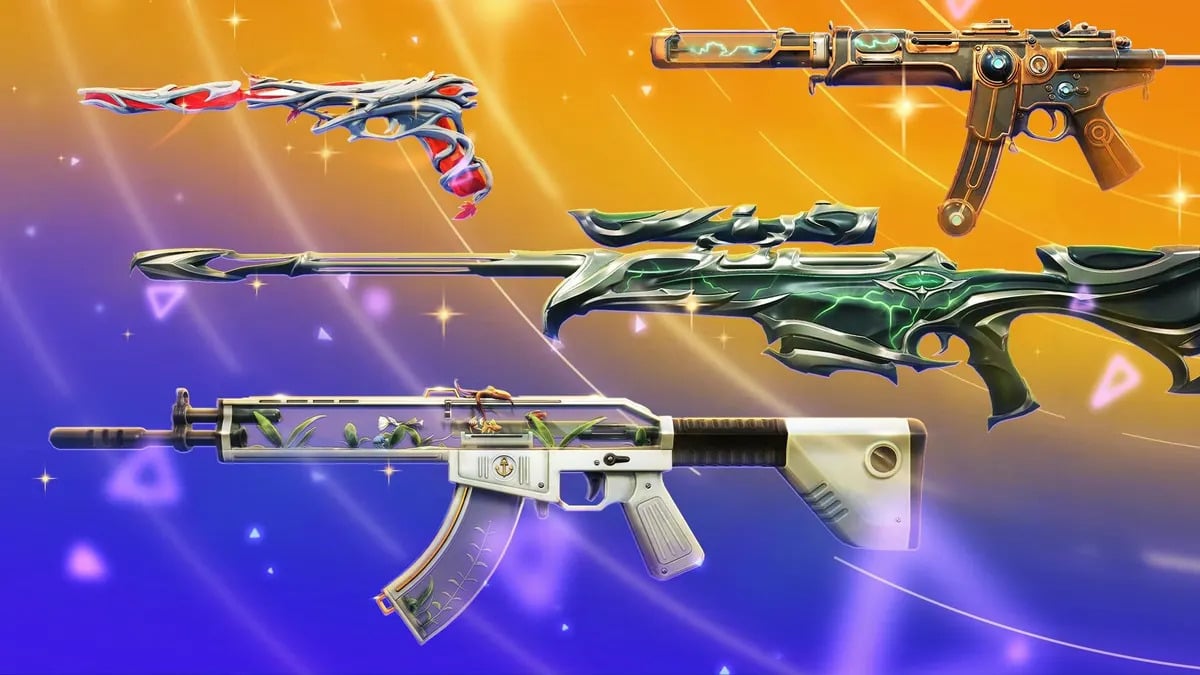
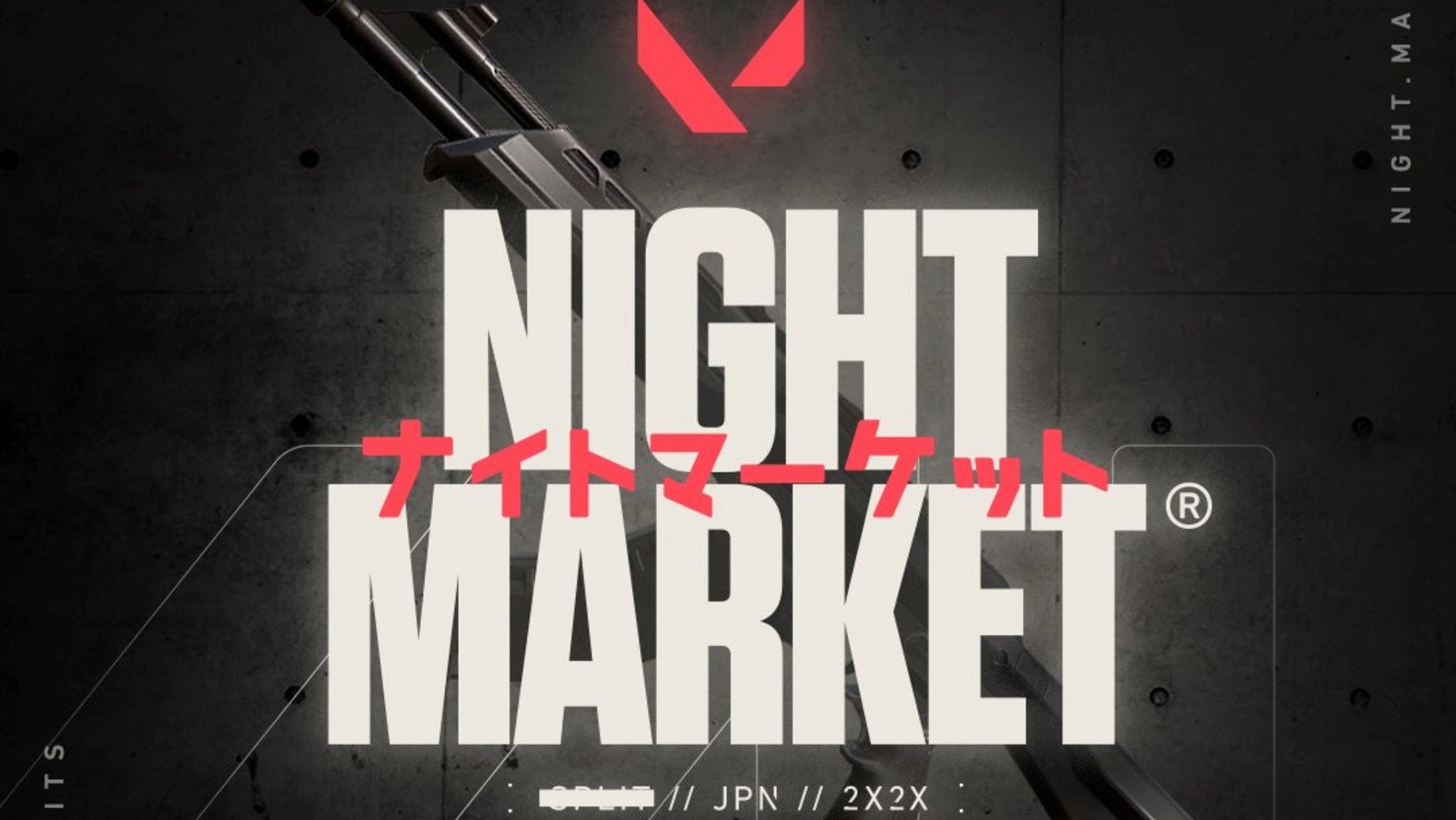

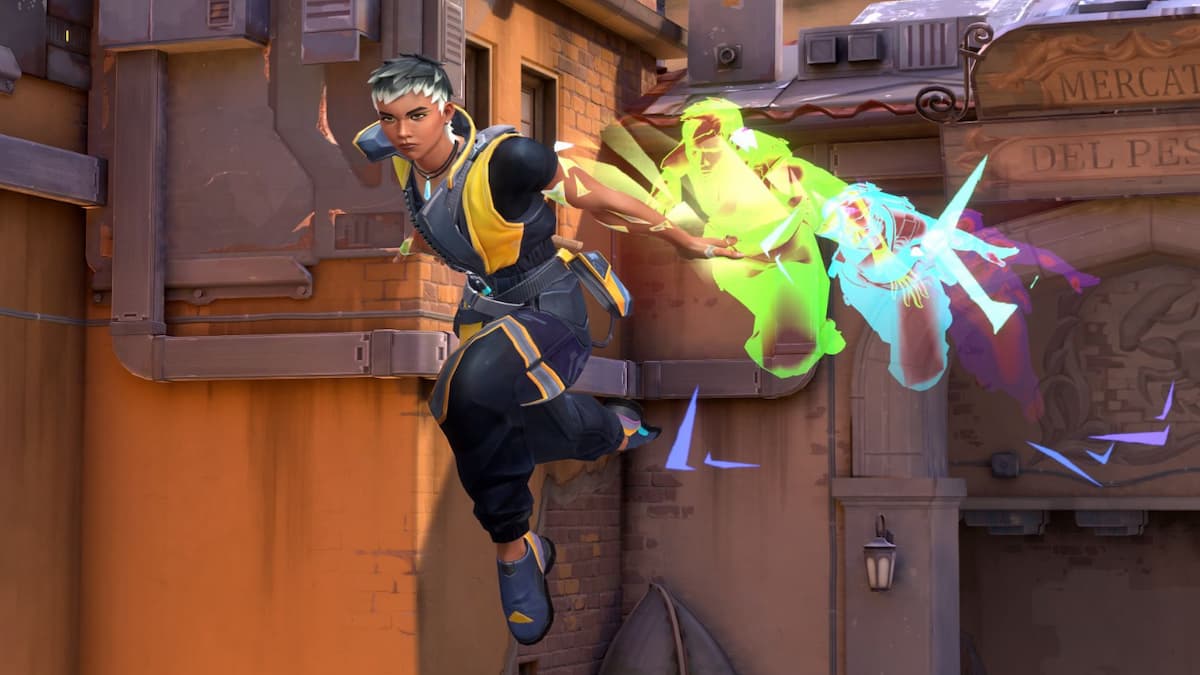

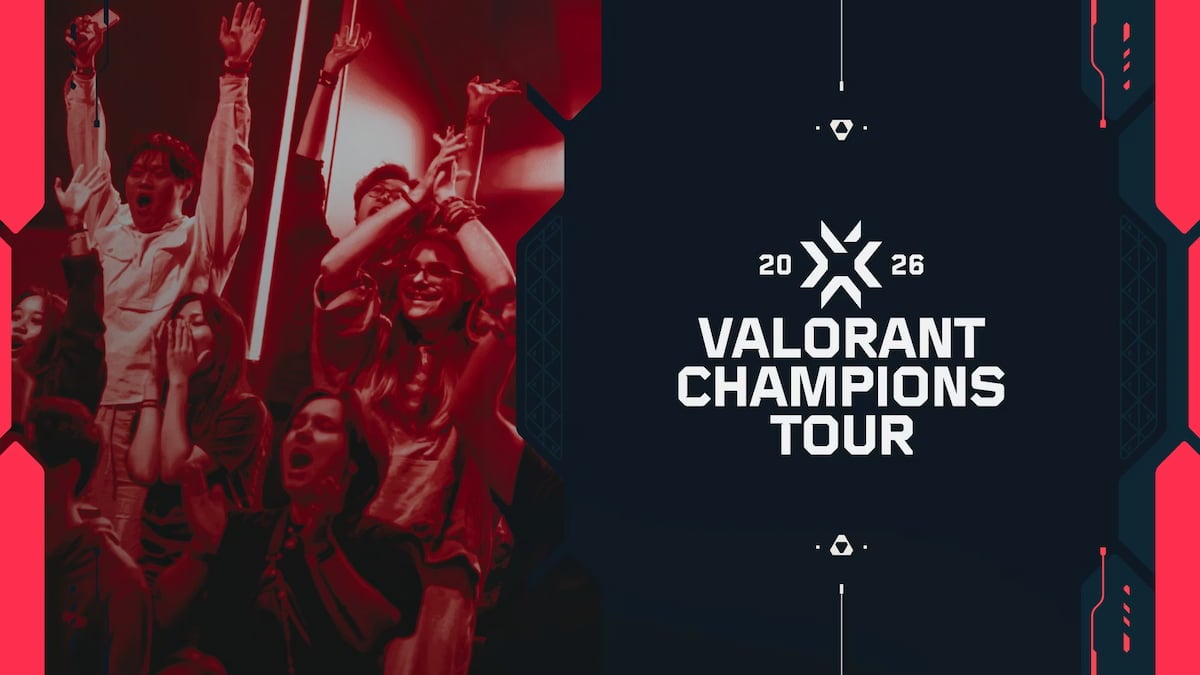
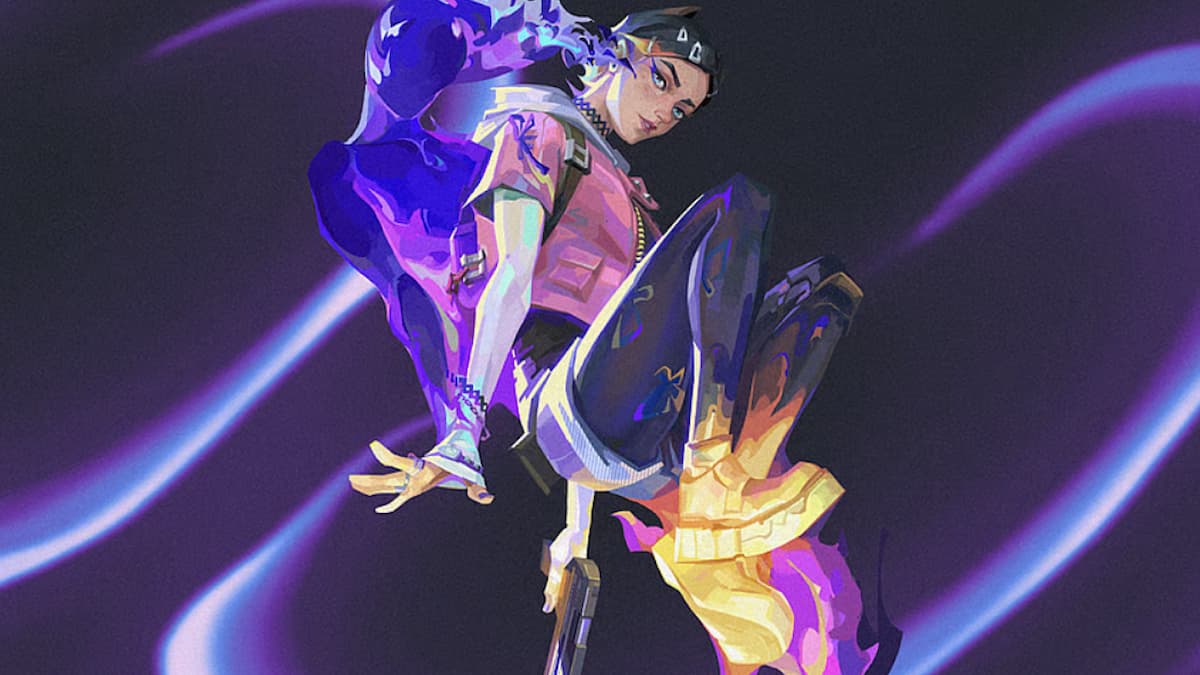
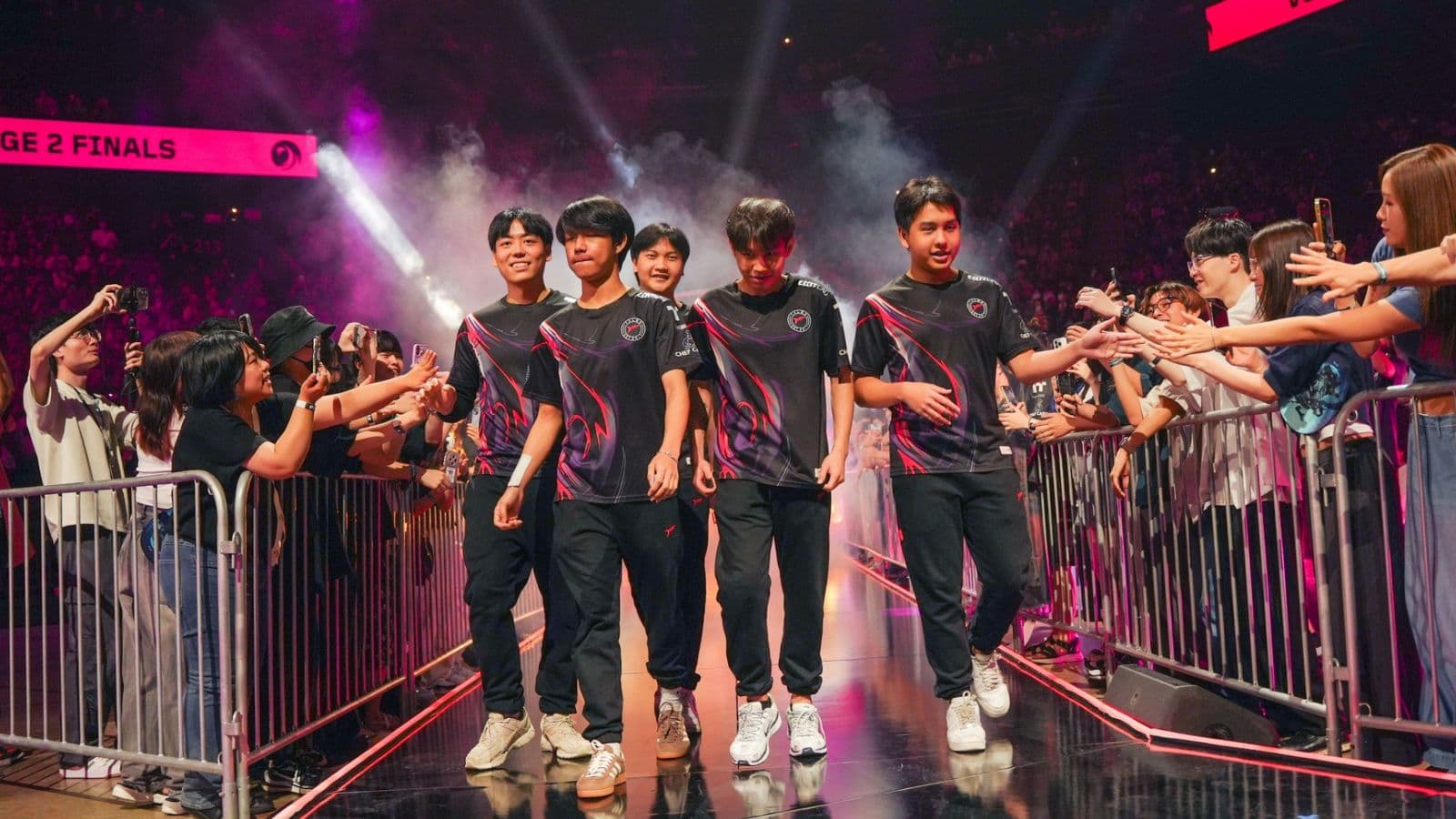
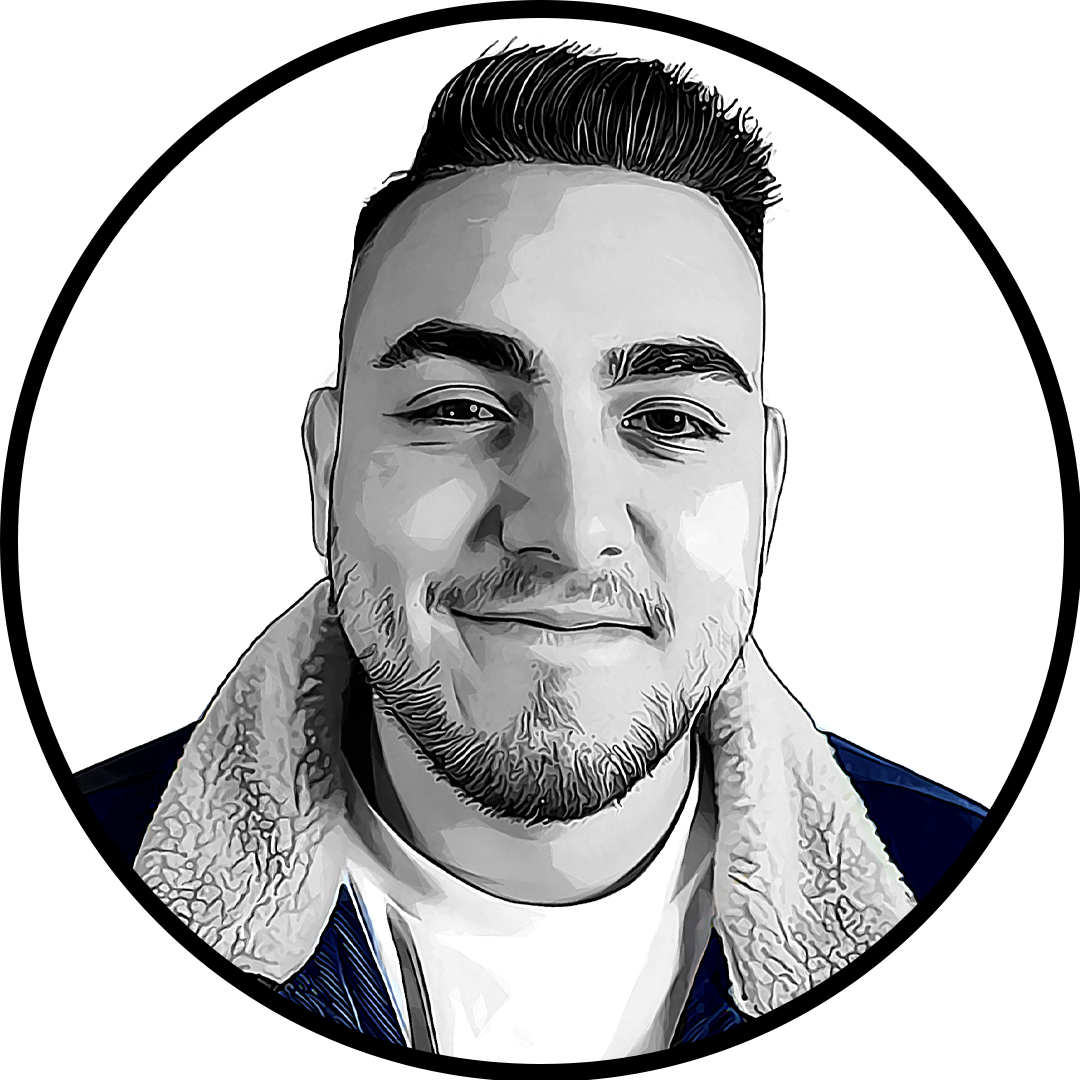
Published: Sep 15, 2021 08:23 am